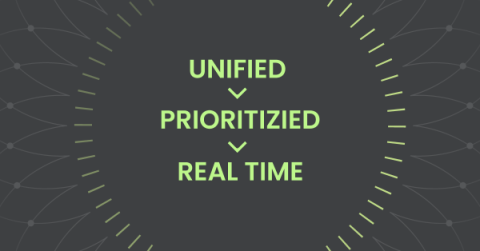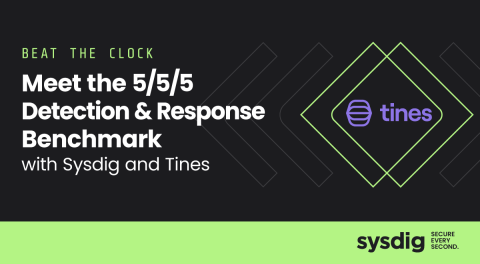What is Incident Response?
Incident response is a crucial aspect of cybersecurity that involves identifying, containment, eradicating, and recovering from security incidents. It is designed to minimise the impact of security breaches, protect sensitive data, and restore normal operations as quickly as possible. To facilitate a smooth incident response, organisations should create a comprehensive checklist that outlines the necessary steps, resources, and communication channels.











